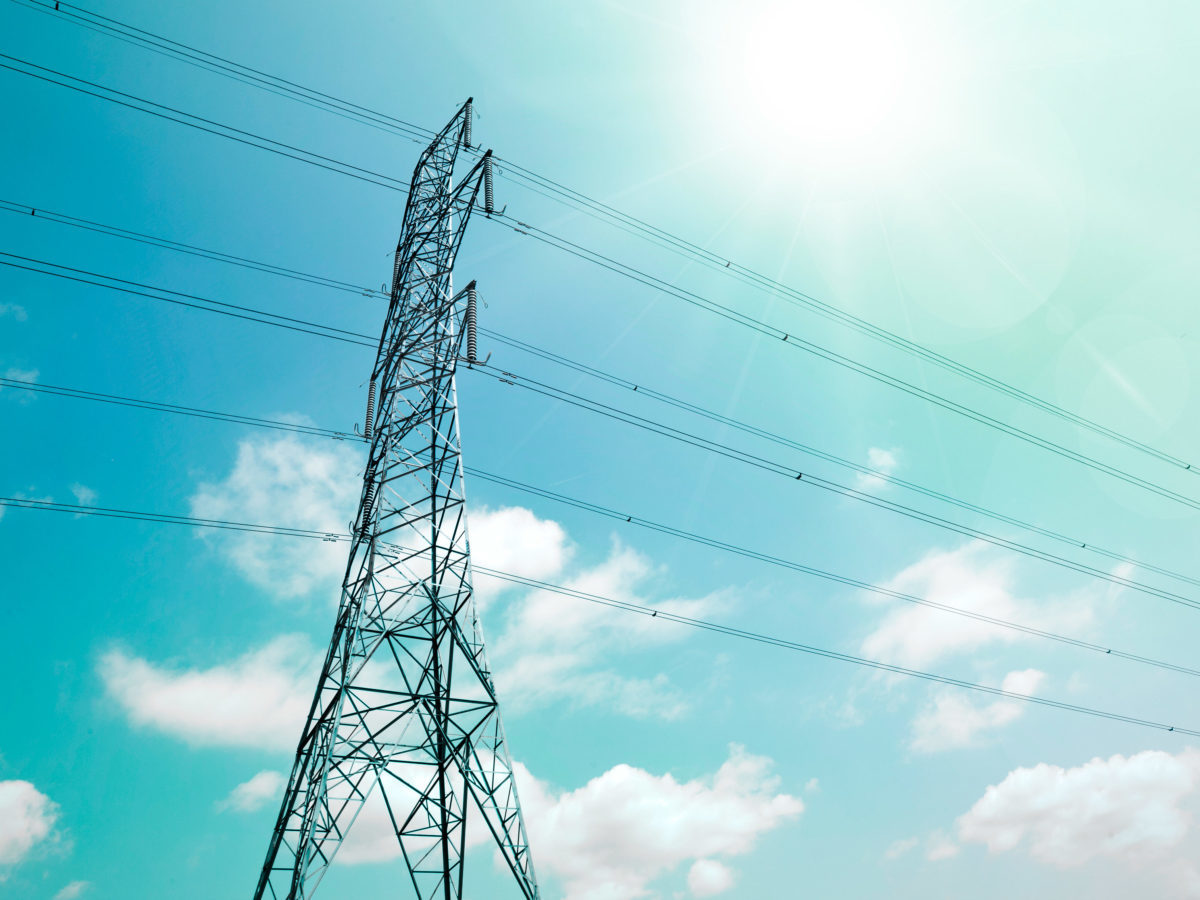
Power transmission has rarely been the hottest topic in the utility industry. With the integration of large-scale renewables and the drive to decarbonize, this segment of the power value chain has received more attention, and the focus on data is not to be underestimated. Moves to electrification are raising questions about whether new transmission infrastructure is needed[1]. The fires in California have already sparked an examination of the health of aging transmission towers and lines.
Analytics will play a growing role in transmission going forward. Analytics practitioners and enabling infrastructure will be needed to help to answer many questions in transmission planning, development, operations, maintenance, and security. Here are some examples:
- Matching potential utility-scale renewable locations with nearby expected demand. For example, transmission lines to DC fast charging corridors along highways to power electric fleets.
- Finding optimal paths for lines, accounting for costs for the right of way and construction.
- Simulating potential unplanned outages for operational planning. Geospatial visualization of conditions impacting the grid. Think decisions to shut down transmission lines in the path of fires.
- Predicting potential asset failures based and supporting asset performance management.
- Identifying potential vulnerabilities in the bulk power systems to support NERC compliance.
There is substantial overlap in many of the analytical use cases that apply to transmission and distribution, such as monitoring and assessing the health of substation transformers. In these areas, transmission analytics is notably easier to perform due to a smaller number of assets and interconnections, and predictability of load.
There are more challenges, however, with the monitoring of transmission lines and towers. It is dangerous to deploy sensors on high voltage lines, for example, without a planned outage which de-energizes the line. Aerial inspections which take advantage of technologies such as LIDAR help, but these are expensive and can only be done periodically, making it difficult to obtain up-to-date situational awareness.
New and emerging technologies specific to transmission are posing questions for utilities and how to use data more effectively. Here are three that are worth watching.
- High voltage direct current underground transmission. In mid-March, Direct Connect Development Co. announced it wants to build a high-voltage direct current underground transmission to deliver wind power from Iowa to Chicago. The jury is still out on how quickly this technology will penetrate the market. The cable design is different from the more typical liquid filled underground cable. Still, no technology is perfect. What kind of enabling infrastructure would be needed to detect potential cable or inverter failures for underground HVDC?
- Security of synchro-phasors phase measurement systems. Synchrophasor technology has already seen success in improving transmission grid planning and operations. The technology is 100 times faster than SCADA and is time synced[2]. As of 2017, there were 2500 phasor measurement units (PMUs) on the North American grid that are being used to provide situational awareness and offline analysis capabilities. PMUs are aligned with GPS clocks and could be spoofed by a hacker transmitting fake GPS signals to the PMU. The good news is that researchers have developed algorithms to detect spoofing that do not require significant computing resources (see GPS Spoofing Detection Using a Hybrid Network.) It is only a matter of time until these algorithms make their way into synchrophasor systems.
- Non-contact monitoring and analytics. Startup company LineVision offers EMF plus LIDAR transmission line monitoring along with cloud-based analytics. Analytics use monitoring data plus localized weather to deliver forecasts of transmission line ratings and provide situational awareness such as alerts on clearance violations, storm damage to towers, broken connectors, and ice build-up While there will still need to be investment in transmission to meet future requirements, this technology could help reduce investment in constrained areas, where incremental capacity can be identified through forecasts of dynamic line ratings.
[1] In a recent study funded by the Wires Group, the Brattle Group $30 billion to $90 billion of incremental transmission investments will be necessary in the United States by 2030 to support electrification.
[2] Presentation by North American Synchrophasor Alliance, https://www.energy.gov/sites/prod/files/2017/09/f36/2_Modern%20Grid-networked%20Measurement%20and%20Monitoring%20Panel%20-%20Alison%20Silverstein%2C%20NASPI.pdf
Jill Feblowitz is President of Feblowitz Energy Consulting, where she helps companies in the energy ecosystem with innovation. Ms. Feblowitz has over 30 years in the business, starting with watts (as an electrician) and moving to MW (as a consultant and IT analyst), providing advice on business, regulation and technology. She has a historical perspective as well as a keen sense of industry game-changers – renewables, distributed energy resources, storage, EVs, smart grid and information/control technologies (Big Data, analytics, edge computing, AI/machine learning, robotics, and more). During her long work history, she has learned how critical analytics are to industry performance.















